
Last week, I promised to discuss issues such as the required “motive” in the context of the recognized legal definition of genocide: “Genocide is an internationally recognized crime where acts are committed with the intent to destroy, in whole or in part, a national, ethnic, racial, or religious group.” In addition, I promised to address the fact that the 1948 Genocide Convention didn’t exclude the possibility that the perpetrators of the genocide could be part of the afflicted group. I also said I’d discuss whether or not the judges determining if the action fits the judicial constraints of genocide must be part of the afflicted group.
However, Memorial Day and birthdays intervened. For some reason or other, many birthdays in our family, including mine, are concentrated at the end of May. We drove to a celebration in Connecticut, where my wife’s niece had a party to celebrate her husband and her five-year-old son John’s birthdays. For his birthday, John got a set of Picasso magnetic tiles, shown at the top of this blog. He was using the tiles to construct impressive structures in the middle of the family’s guest room. During our stay, there was heavy traffic in the room, which resulted in an unintentional kick to the structure and its complete destruction. The result was expected: John got seriously upset. His upset lasted for about five minutes, after which he started to rebuild the structure. This dynamic repeated itself two more times (including his own destructive kick, which made him just as upset). Each rebuilding looked to be better than the previous one. I was sitting there, watching and thinking, “is John trying to send the adults a constructive message about creative destruction??”
My thinking quickly shifted to the propriety of my increasing use of the expression “self-inflicted genocide,” which I coined much earlier (2008) than my first blog (April 22, 2012), where I tried to justify my use of the term.
As I mentioned in earlier blogs, I just came back from Europe. There, I attended the 80th anniversary of the liberation of Bergen-Belsen by the British Army and my own liberation, along with the with remnants of my family, by the 30th Infantry Division of the American Army. The Holocaust has played an important role in my life, especially as a shield and a lens through which I attempt to understand the future global threats that I have outlined repeatedly in my writing and school lectures.
My initial focus was climate change but more recently, I have included other anthropogenic threats as part of this label. Throughout the blog, but particularly in early blogs, I included some reactions to the label, not all of them positive. However, over the last 600 days or so things have changed. Roughly 600 days ago (October 7, 2023) Hamas broke through the Gaza border with Israel and attacked many of the Israeli settlements, killing 1,200 mostly civilian Israelis and kidnapping 250. There are 57 remaining hostages but nobody is sure how many of them are still alive. During the attack, the Israeli army was mostly dormant. The moment that the circumstances of the attack became clear, Israel attacked Gaza in a war that is still ongoing.
I am a dual citizen of the US and Israel. I arrived in Palestine (which was ruled British mandate at the time and became Israel in 1948) as a 6-year-old kid, a few months after my liberation. I got all my education in Israel, and I served in the Israeli army. My wife was Israeli with a similar background and my son was born in Israel. I came to the US as a postdoctoral fellow and stayed for professional and family reasons.
I don’t like what’s going on right now in Israel and I am not alone. Because of my background, until now I have not made any direct comments about the situation in Israel on this blog. However, watching John’s productive response to the repeated destruction of his creations made me think again about my frequent use of the term “genocide” to describe current global trends.
Some details about the sizes of the forces in this war might help: Hamas’ estimated numbers before October 7, 2023 were 30,000. Half of them have been killed since the October attack. There is no estimate of the new recruits. The estimated population of Gaza is more than 2 million. Palestinian deaths, estimated by the Gaza Health Ministry, come to 55,000.
The population of Israel is around 10,000,000, more than 20% of whom are Arabs. The estimated size of the Israeli army is 170,000, with 465,000 in reserve (currently on call). These numbers are misleading, however because Israel sits in the mostly-Arab-populated Middle East, in which several large Muslim countries support Hamas, whether directly (Iran – population of more than 90 million) or indirectly (Turkey – population of 85 million). Israel is also in the middle of a strained relationship with Egypt, whose population is 115 million. It is a challenging neighborhood.
Support and condemnation of both sides have spread globally. As I mentioned in the May 21, 2025 blog, a small pro-Israeli group assembled outside the Bergen-Belsen gates during the memorial, mainly objecting to chants such as “From the River to the Sea, Palestine will be free,” which anybody with a sense of Middle Eastern geography understands means replacing Israel with a Palestinian State. Last week’s blog continued my focus of exploring the legal definition of genocide based on the 1948 Genocide Convention. According to that definition, such a call is a call for genocide on Israeli Jews.
Many have also labeled the original October 7th attack a genocidal attack, which stopped at 1500 Israeli victims only because of the power imbalance between Hamas and Israel. On the other hand, Israel’s extensive use of bombing to kill individual Hamas members in a dense civilian population has almost completely destroyed the piece of land that 2 million Palestinians call home and caused immense civilian casualties. This has also been labeled a genocide by many serious international voices.
In my opinion, these accusations of genocide have been weaponized. To test the accusation, I asked Google AI about its understanding of “weaponized genocide”; this is what I got:
“Weaponized genocide” is a term that describes the deliberate use of strategies and tactics, beyond direct violence, with the intent to destroy a national, ethnic, racial, or religious group, in whole or in part. This can include the manipulation of resources, systems, and societal structures to inflict harm, create conditions of life that lead to a group’s physical destruction, or systematically prevent their survival and reproduction.
AI continues with examples of the concept. This is not how I thought about the term; the AI explanation fits more with the detailed legal description of genocide. I went further and asked AI to describe what it understands “weaponized” to mean. Below is what I got:
“Weaponized” means to adapt something, whether an object, an idea, or even an aspect of oneself, for use as a weapon or to gain a powerful advantage. It can range from physically arming something, like rockets, to using something like a characteristic to manipulate others.
This is exactly what I had in mind, with genocide being the “object and idea.”
The recent weaponization of “sacred” concepts such as genocide now extends, through different players, to Jewish hate concepts such as Antisemitism. My next blog will try to expand on this.
Back to John:
I am interested in what would happen if we were to look at John’s construction improvements following the accidental destruction, and shift our view from personal to collective response.
Getting the topic into institutional learning and research might be even harder. Substituting genocide for destruction will not work; destruction is the prerogative of the military. Most military entities now include “defense” in their title. However, one of the first things that new recruits learn is that the best defense is a good offense. Since most countries have security-first budget priorities, it is not a surprise that security-funded research that is focused on destruction is common. Many of the most threatening global destruction trends started with academic research. These include nuclear threats, AI, and climate change. This issue will be further developed in future blogs.
Back from Connecticut to NYC: we got a beautiful, end-of-spring sky, good enough for posting, and settled back into our routines. One of the first things I did to entertain myself was to watch the new movie, “Mountainhead,” on HBO Max. The movie is about four technology billionaires meeting up at a mountain-top mansion that one of them owns. I am including spoilers about the plot, so if you plan to watch it, you can skip this part. The get together is supposed to be for fun but three of them are trying to coordinate a reaction to the global chaos that the other one triggered. That character is now offering a new AI system that can differentiate between real and fake, which—in principle—could fix the world. The other three see this AI system as a threat (to their pocketbooks) and decide the best solution is to kill the fourth guy. They try and fail. AI was one of the trends that I included in earlier blogs about what might trigger a “self-inflicted genocide.” The guy directly responsible for the chaos is shown to have a small kid. Unlike John, he is too young to do much.
For reference, Elon Musk is known to have 14 children (with 4 different wives). The youngest, Romulus, is 5 months old; the oldest, Vivian Wilson, is 20 years old. In his recent departure from the Trump administration, he had a black eye after a challenging his 5-year-old to hit him. Good luck to all of us!

 Figure 1 – Genocidal massacres in the Spanish conquest of the Americas (Source:
Figure 1 – Genocidal massacres in the Spanish conquest of the Americas (Source: 





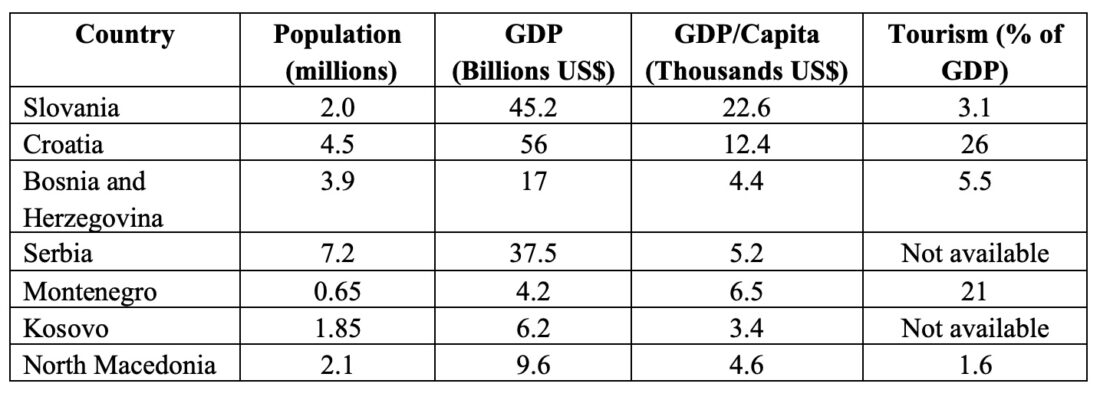


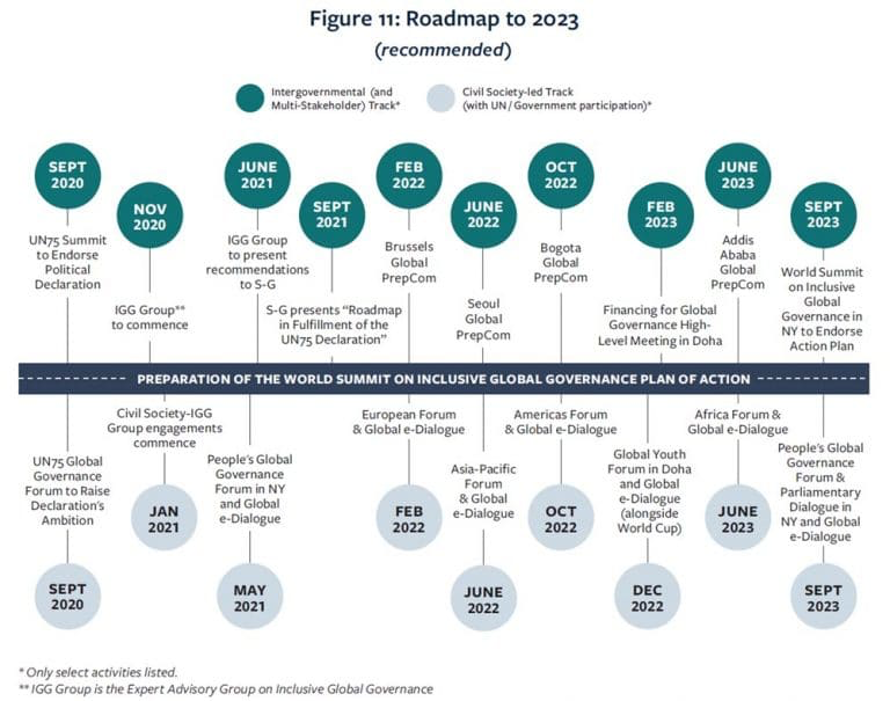

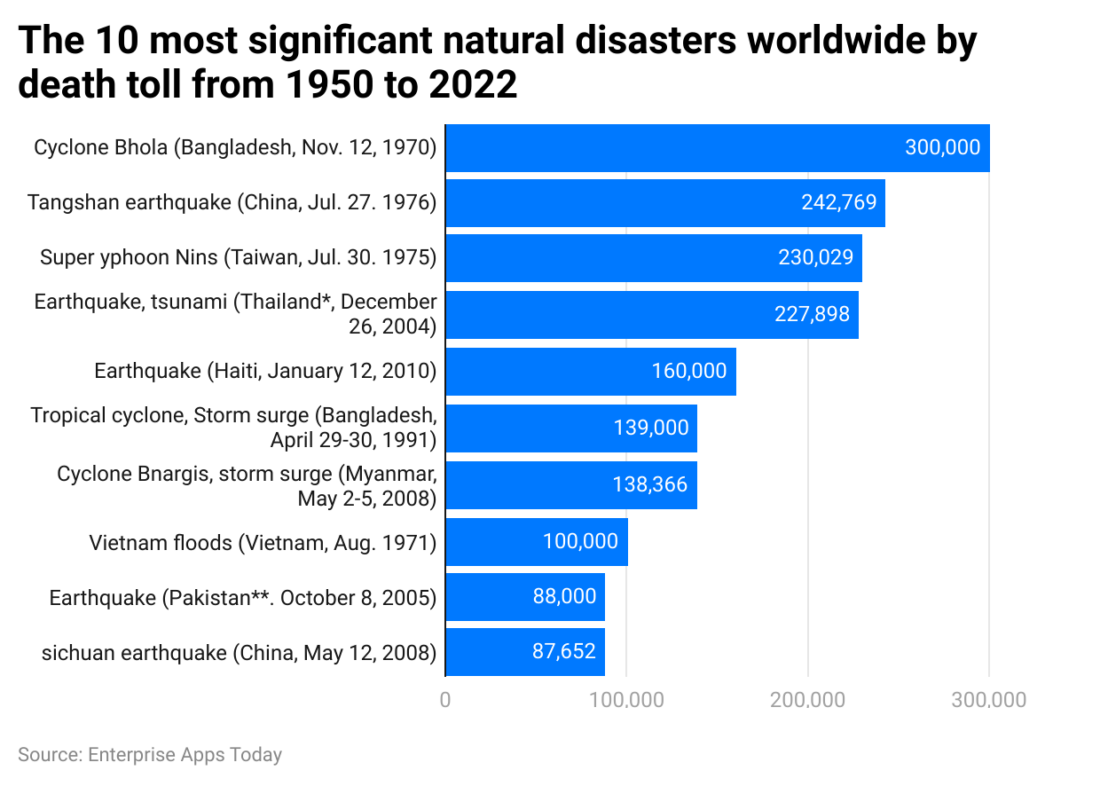
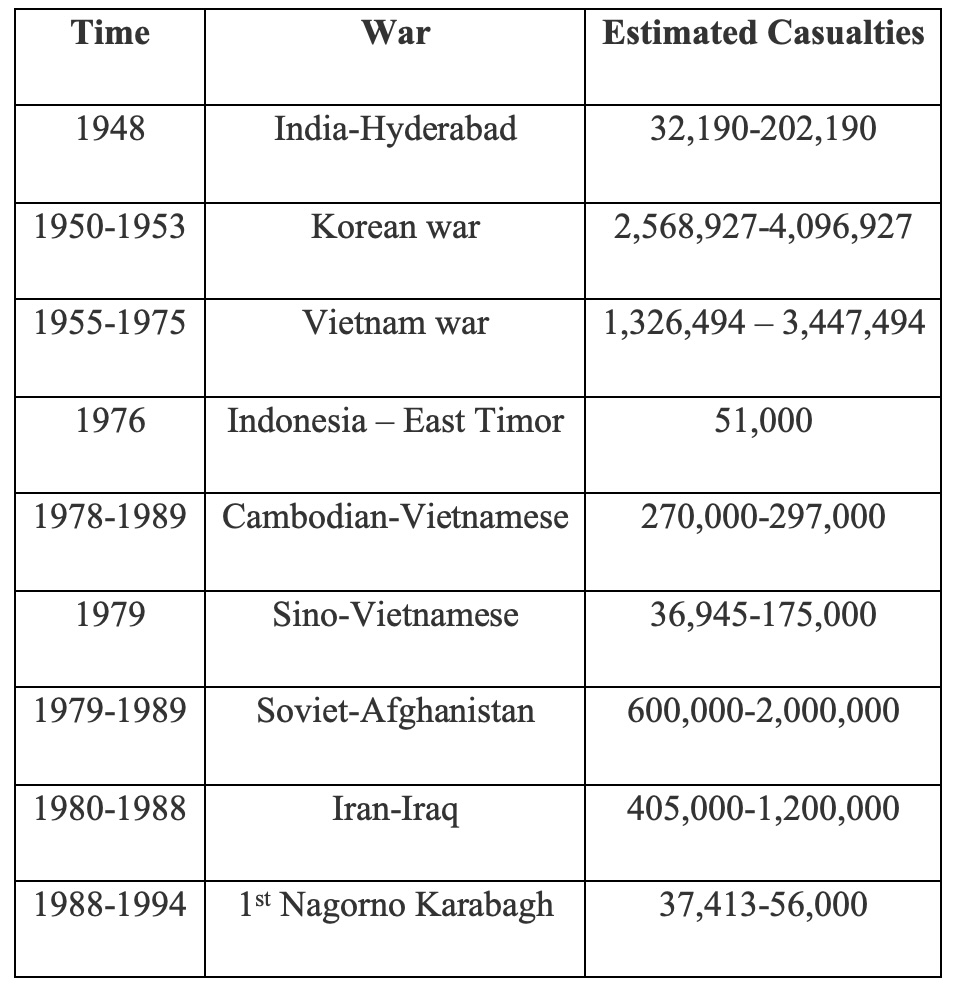



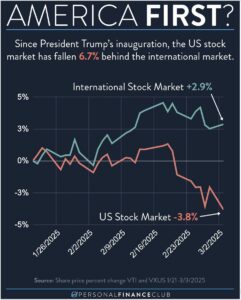
 Figure 3 – Gross government debt in 2023 of leading developed countries as a percentage of their GDP (Source:
Figure 3 – Gross government debt in 2023 of leading developed countries as a percentage of their GDP (Source: 
